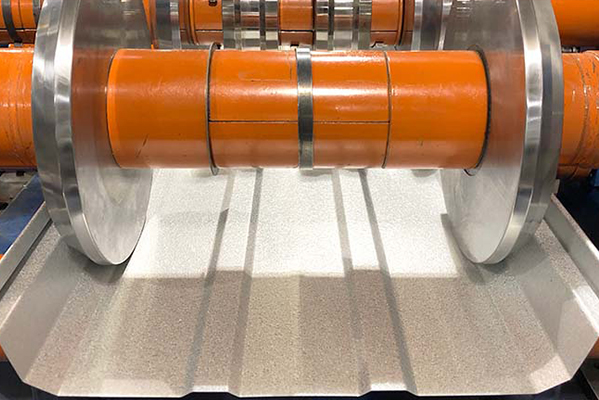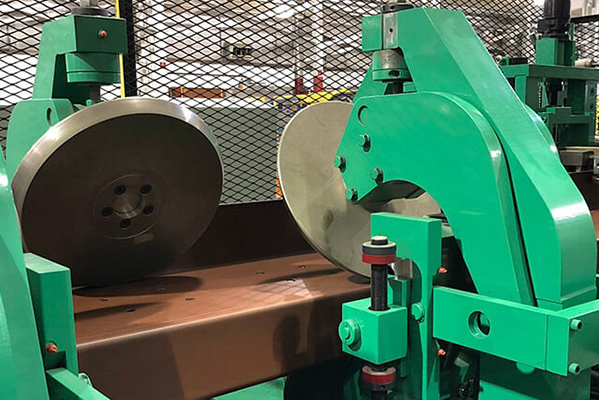Navigation Menu
Contact Us
- Email:
- info@wxavatar.com
- Address:
- Yurong Village, Yuqi Street, Huishan District, Wuxi, China.
Release Date:Oct 23, 2024 Visit:327 Source:Roll Forming Machine Factory
Advancements in technology have led to the development of new cold forming machine models that are revolutionizing the metalworking industry. These machines offer unprecedented levels of precision and efficiency, enabling manufacturers to produce high-quality components with consistent accuracy and reduced production times. This article explores the key features and benefits of the latest cold forming machine models and their impact on the metalworking sector.

Enhanced Precision Capabilities
One of the most significant advancements in new cold forming machine models is their enhanced precision capabilities. Modern machines utilize advanced sensors and control systems to monitor and adjust the forming process in real-time, ensuring that each component is produced to exact specifications. This level of precision is critical in metalworking, where even small deviations can lead to functional issues or increased scrap rates.
The integration of high-resolution measurement tools and machine learning algorithms further enhances the precision of cold forming machines. These technologies enable the machines to learn from previous operations and optimize their performance over time, resulting in more consistent and reliable output.
Increased Efficiency and Productivity
In addition to precision, new cold forming machine models are designed to increase efficiency and productivity. Many models feature automated processes that reduce the need for manual intervention, thereby speeding up production and minimizing downtime. These machines can also handle larger batches of materials, allowing manufacturers to produce more components in a shorter period.
Moreover, the latest cold forming machines are equipped with energy-efficient motors and drive systems that reduce power consumption. This not only helps to lower operational costs but also aligns with the broader trend of industrial sustainability, although this article focuses specifically on precision and efficiency.
Advanced Material Handling
New cold forming machine models have also seen improvements in material handling capabilities. The machines are designed to work with a wider range of materials, including high-strength alloys and complex composites. This versatility enables manufacturers to produce a broader range of components, catering to diverse market demands.
Furthermore, the machines are equipped with advanced feeding and clamping mechanisms that ensure accurate positioning of the material during the forming process. This reduces the risk of material damage and ensures that each component is formed correctly, minimizing waste and rework.
User-Friendly Interfaces and Connectivity
Another notable feature of new cold forming machine models is their user-friendly interfaces and connectivity options. The machines are designed with intuitive control panels and software that make them easy to operate and maintain. This reduces the need for specialized training and enables operators to quickly adapt to new processes.
Connectivity options, such as Ethernet and wireless communication, allow the machines to be integrated into existing manufacturing systems. This enables manufacturers to monitor and control the machines remotely, streamlining production processes and improving overall efficiency.

Conclusion
In conclusion, the latest cold forming machine models are setting new standards for precision and efficiency in the metalworking industry. These machines offer advanced features that enable manufacturers to produce high-quality components with consistent accuracy and reduced production times. As the metalworking industry continues to evolve, the adoption of these new machine models will be crucial in meeting the demands of an increasingly competitive market. By leveraging the latest technology, manufacturers can stay ahead of the curve and maintain a competitive edge in the global metalworking landscape.